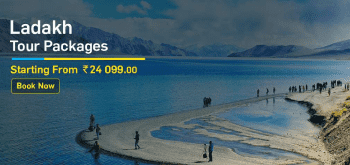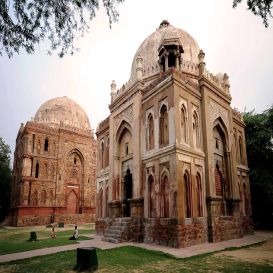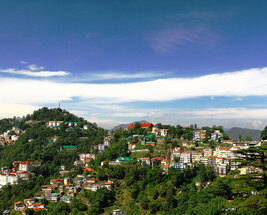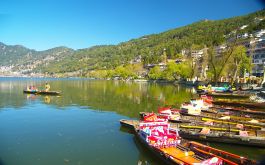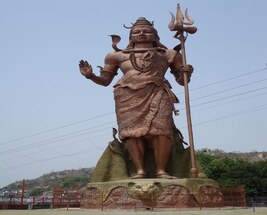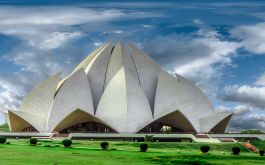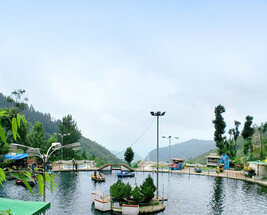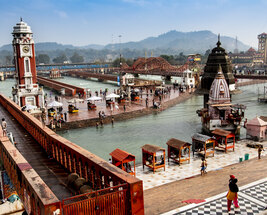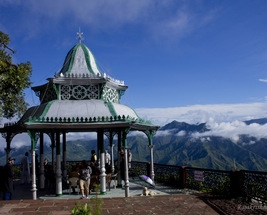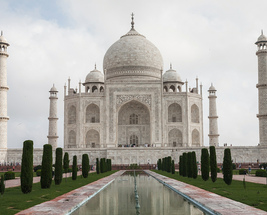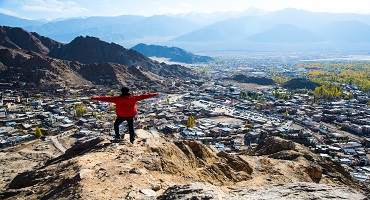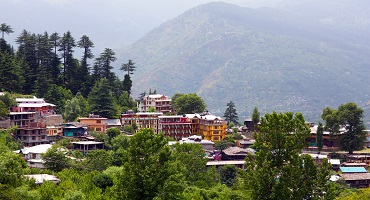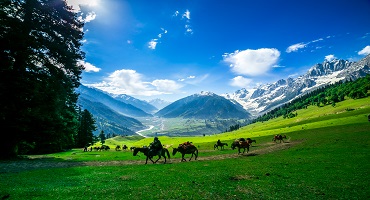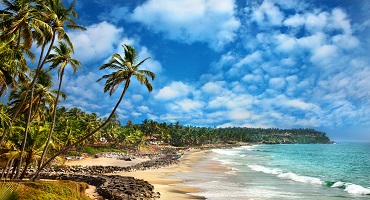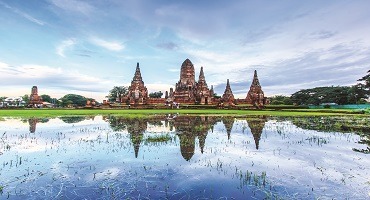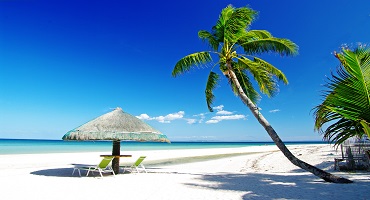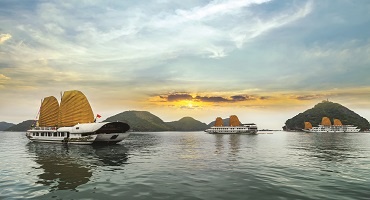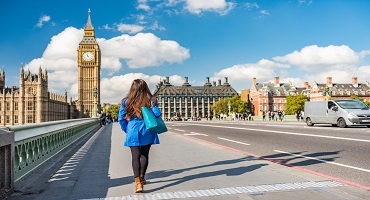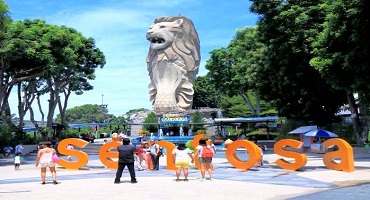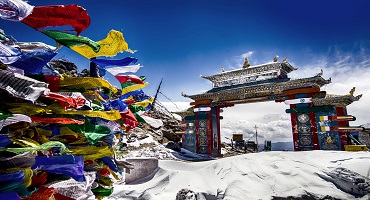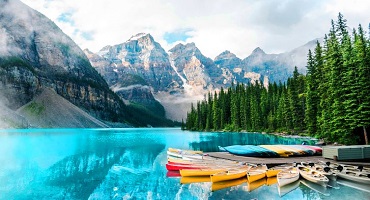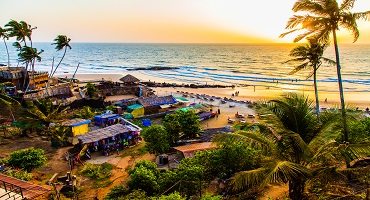India’s capital city is a bustling metropolis, a historic treasure trove, a cultural phenomenon and a recreational haven. For this and more, it stands to be one of the most popular tourist destinations in the country and across the globe. Synonymous with its political, religious and heritage monuments, sumptuous street food, colourful markets, charming neighbourhoods, verdant parks and animated night life, Delhi’s offerings are infinitely vast. Delhi Tourism is indeed spectacular and is a must visit places
And, its seasons are equally diverse! So, when it comes to the best time to visit Delhi, one must consider its distinct periods of winter, summer and monsoon and everything that it entails. It is also important to acknowledge how variable and severe the weather conditions in this city can be. But not to worry. We’ve provided you with all the details, so that you can choose the most conducive time to visit, bearing in mind the benefits and risks.
Take a look!
Peak Season – December to February
Shoulder Season – March to June
Low Season – July to September
|
Travel Seasons
|
Min/Max Temperature
|
Season
|
|
March to June
|
24-40°C
|
Summer - Hot and humid
|
|
July to September
|
26-35°C
|
Monsoon - Mid-high rainfall
|
|
December to February
|
8-24°C
|
Winter - Cold and foggy
|
Delhi in Summer (March to June)
Temperature – The air temperature during the season of summer fluctuates between 24°C and 40°C.
Weather – The climate of Delhi in summer ranges from warm to scorching. The atmosphere is coated with layers of humidity, which makes it a particularly uncomfortable time for explorations on foot. The evenings give way to some much-needed relief.
Significance – From indoor ice skating to paint ball adventures, Delhi summers are equipped with exciting offerings. Luxurious spa’s, pools, bars/clubs and rooftop restaurants are some among the plethora of options you have for an amazing time. And if you’re looking for a stroll down memory lane, Chandni Chowk is a great place to start with.
Why you should visit now – Delhi is a city that knows how to have fun. What better time to do that, than in the sun? The season of summer gears up for the International Mango Festival in all its gooey glory. This is the most delightful season to enjoy juicy mangoes and share in the love. What’s more? Summer is the season for golas (go to well-known places only).
Things to know before the visit – Due to Delhi’s severe summers, individuals sometimes suffer from heat strokes, heat cramps and severe exhaustion. As such, you may want to plan indoor activities and limit your time in the sun. As this still mid tourist season, travel and accommodation will be pricy.
Tips – Pack light/airy clothing and comfortable footwear. Strap on that sunblock and throw on those shades. Wear a hat! It is imperative that your liquid intake remain high, which means keeping hydrated through the day with water or juice. Lastly, eat light, small and frequent meals.
Delhi in Monsoon (July to September)
Temperature – The air temperature during the season of monsoon fluctuates between 26°C and 35°C.
Weather – The climate of Delhi during monsoon can be described as pleasing and pleasant. The rain brings with it, cooler temperatures and fresher air. The evenings are a particularly lovely time to enjoy the crystal droplets of moisture, falling from the purple clouds above.
Significance – During the monsoons, one can enjoy a multitude of wonderful experiences. From visiting quaint and historic cafes, to perusing through art galleries, going on road trips/boat rides (if the weather permits), partaking in exciting festivals such as Red Earth’s Monsoon Festival and visiting the best dhabas for some delicious North Indian cuisine.
Why you should visit now – Delhi sparkles with renewed vigour during the season of monsoon. Streets, buildings, parks and bridges glisten with enchanting beauty. This is the best climate to visit Delhi in, if you’re looking to kick back, relax and immerse yourself in nature’s bounty. Plus, there are tons of cultural and recreational activities to partake in.
Things to know before the visit – Monsoon usually begins to show itself in mid-June. Take note of the fact that Delhi’s weather is extremely variable and sometimes harsh. There is risk of massive flooding, storms and river overflow during this period. The city also becomes a breeding ground for mosquitoes. As such, this is deemed as low tourist season and one can avail of better deals on travel and accommodation.
Tips- Make sure you pack light clothing and rubber footwear. It goes without saying that an umbrella and a windcheater will accompany you through the unrelenting Delhi showers. Ensure that you don’t eat or drink from unhygienic food stalls. Apply mosquito repellent on your body. Lastly, keep your electronic devices safe.
The capital is calling, are you ready? Check out Thomas Cook’s Delhi tour packages and start planning your vacay right now!
Delhi in Winter (December to February)
Temperature – The air temperature during the season of winter fluctuates between 8°C and 24°C, although it can drop 3 degrees occasionally.
Weather –Delhi in winter can be both - delightful as well as difficult. While the temperatures fall to beautiful frosty digits, the atmosphere takes a turn. December is prone to high levels of smog, due to cold temperatures, falling wind speed, emissions from local sources and waste burnings.
Significance – Winter calls for some special activities. In-fact, this is the best season to visit Delhi in, if you’re looking to sight see, wander and explore the beautiful cityscape. Here are some of the recommended experiences - lake tours, historical monument/haveli tours, heritage walks, museum/gallery hopping, bird watching and street shopping/eating.
Why you should visit now – Tis’ the season of gorgeous Christmas décor and jubilant celebrations. What better city to celebrate the magical festival of Christmas and ring in the New Year, than the bustling capital? Furthermore, the month of December hosts concerts and shows that will be sure to appease your musical palette. Delhi is synonymous with its eclectic night life and thriving festival scene.There are really some amazing places to visit in Delhi during this time,so make sure to check it out
Things to know before the visit – Be weary of the fact that frostbites can occur on your fingers, toes, nose, ears, cheeks, and chin. Don’t ignore the symptoms, seek help immediately if you experience this. Winters experience deadly smog, which is harmful to the lungs. Check the weather forecast before stepping out.
Tips – Pack woollens, winter jackets and long pants. You may even require gloves and a beanie. Make sure you have moisturizing lotion and lip balm in hand! Ensure your accommodation has heating facilities. Lastly, consume high fat foods and citrus fruits. Also,check out more ways on How to reach Delhi






